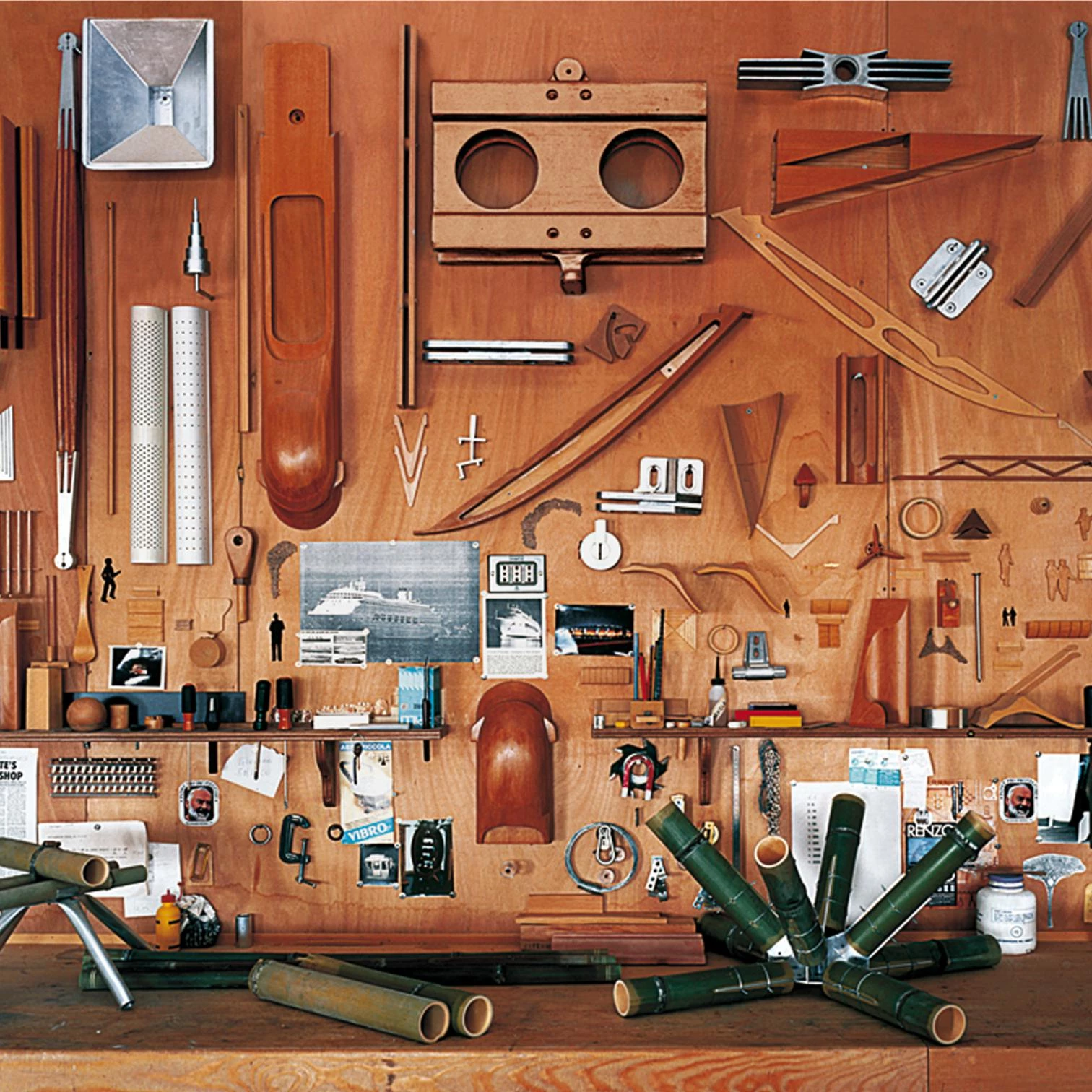
Few buildings excite contemporary sensibilities as deeply as does the J M Tjibaou Cultural Centre outside Nouméa, New Caledonia by the Renzo Piano Building Workshop (RPBW). It is clearly a building of our times, the product of up to the minute computer analysis of structural forces and air flows around and within it, as well as of the best of contemporary craftsmanship and constructional capabilities. Yet it is also speaks poetically to the emerging cultural aspirations and deep longings for connection in our ecologically and multi-culturally aware age by being rooted in place and the past, revealing a reverential respect for nature as well as for a traditional culture for whom nature is sacred. Stretched along a peninsula between a lagoon and the open ocean, its structures of tall wood ribs and slats both blend with the columnar pines that surround them and audibly sigh as they comb the trade winds that ventilate their spaces. Yet these structures also evoke the traditional huts of the local Kanaks, whose past culture the center commemorates as well as providing space for its continuing evolution. The Kanaks had been a preliterate culture, and its people can still interpret the narratives that had been conveyed through artefacts and totemic plants. It is a measure of the huge success of Piano and his design team that the building not only speaks to us. Once competed, it also amazed the Kanaks and other visitors from Melanesia: here was an unabashedly modern building by a European architect, yet they could identify strongly with it as they read the narratives encoded in its components and the interplay between them. Plants and other natural features also appear in a carefully choreographed sequence along a path that wends its way around the peninsula to convey further narratives and creation myths... [+]





